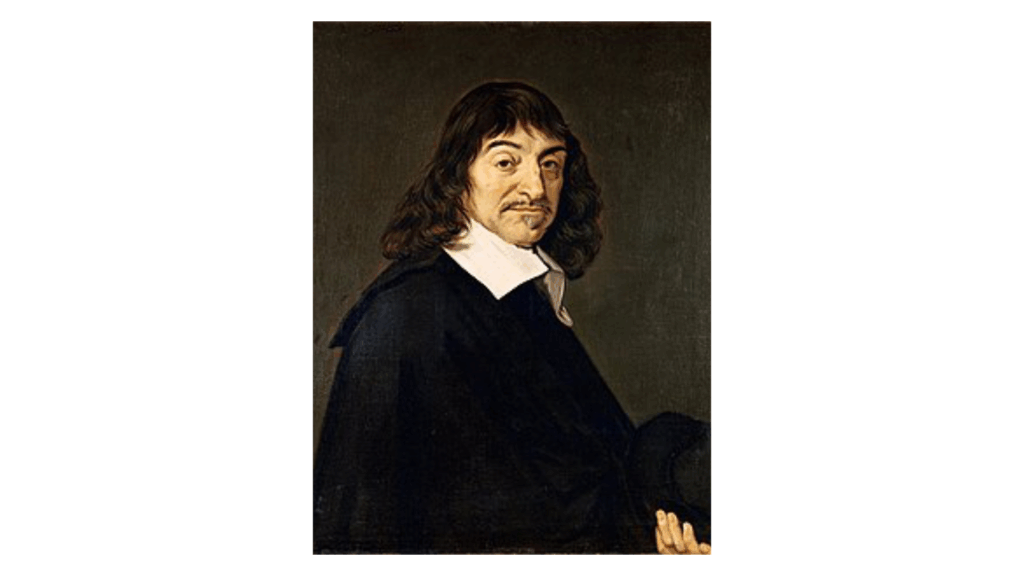René Descartes
René Descartes (1596–1650) was a French mathematician, scientist and philosopher. I think therefore I am – a mathematician? The father of modern philosophy also gave a great deal to the world of mathematics, founding the field of analytical geometry, linking algebra and maths for the first time and giving us the Cartesian co-ordinate system.

Born on March 31, 1596 in France, Descartes was a sickly boy who spent most of his time indoors. When it comes to being inside, most of us resort to binging Netflix on the sofa while sipping tea. But not this young chap. Descartes had ages to read, think and tinker when he was inside. Unlike other mathematicians, who relied on tradition, Descartes loved to get his hands dirty taking apart things and putting them back together, similar to Daedalus from Greek mythology. He studied at the Jesuit college of La Flèche, where he gained a rigorous education in classical studies and mathematics. Later he studied law at the University of Poitiers, but the allure of pure reasoning drew him away from legal careers toward science, mathematics, and philosophy.
In 1618, Descartes joined the army of the Dutch Republic as a volunteer, travelling through Europe and meeting other intellectuals. During these wanderings he conceived of a bold idea: the same clarity and precision of mathematics could be applied to nature and the mind. His big thing was analytical geometry. It’s basically the idea that algebraic equations can describe geometric shapes.
In other words, now you know who to thank for inventing Cartesian co-ordinates.
Descartes argued that the physical universe and even animal bodies were essentially machines governed by natural laws. His rainbow theory of refraction, his experiments with lenses, and his speculation on cosmic vortices show him as a thinker who blurred the boundaries between science, philosophy, and engineering. See, maths isn’t just about sums. It’s about linking abstract notions with the tangible world.
Descartes spent much of his adult life in the relatively tolerant climate of the Netherlands, publishing and revising his ideas. In 1649, at the invitation of Queen Christina of Sweden, he moved to Stockholm to tutor her in philosophy. The bitter winter over there did not suit his fragile health, as he unfortunately wasn’t the most robust individual. He contracted pneumonia and died in February 1650 at the age of 53.
Descartes’ mix of restless curiosity, rigorous logic, and playful imagination left a legacy far beyond his own lifetime. Whether you’re plotting graphs or pondering big questions about the universe, know you’re standing on a path paved by one of the greatest mathematicians of the Early Modern Era.